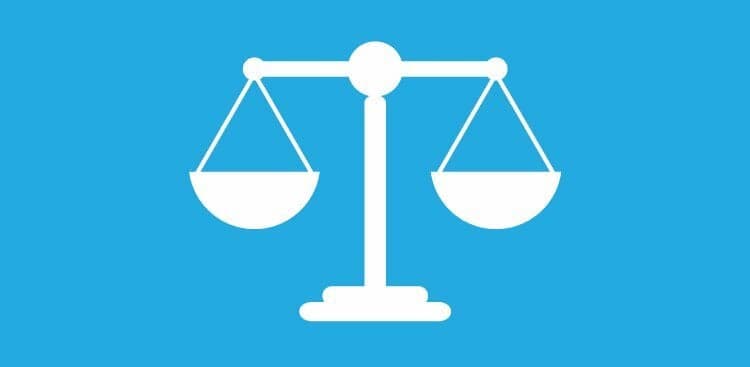Want to reduce the number of bad decisions you make? That’s a rhetorical question. But unless you magically gain the ability to see into the future or are debating the choice between robbing a bank and not robbing a bank, it’s pretty hard to instantaneously become a better decision-maker.
Well, good news. Three researchers—Jack Soll and John Payne of Duke and Katherine Milkman of the University of Pennsylvania—just released a handy, science-backed guide to making smarter choices, so you won’t need those precognitive powers.
Here are three techniques to try, whether you’re evaluating the best course of action at work or trying to decide whether or not to hit the gym.
1. Do Some Math
We’re all familiar with the concept, “Two heads are better than one,” but it’s not like you can run every decision you make by another person. However, as the authors explain, you can harness “the power of the crowd” within. You make one decision, wait, make a second decision, and then make a compromise between the two.
For example, if you’re trying to predict how successful a new product will be—and thus decide whether or not to launch it—come up with one estimate, wait a day or two, do your research again and develop a second estimate, and then take the mean of your estimates. “The underlying insight is that on any given judgment people use only a subset of the accessible information,” the authors explain.
If you’re trying to decide how much time a big task needs or how much money to allocate to a project, you can also use the “estimate twice, decide once” strategy. Make your evaluation as you normally would—and then repeat the entire process and average your two answers.
This works even better use different thinking styles each time, such as a quick gut check followed by a more careful deliberation.
“Averaging the two judgments tends to outperform trying to identify the better of the two, partly because answers based on different pools of evidence often bracket the truth, and partly because people are imperfect at guessing which answer is better.”
2. Make the Good Decision While You Make the Bad Decision
It’s incredibly easy to make decisions that feel good now but suck later—like eating that second slice of cake or putting off mundane tasks. But while you may have tried rewarding yourself after you’ve made a delayed-gratification decision, that doesn’t always work.
What if you rewarded yourself while doing the difficult task?
The researchers call this “pre-bundling” and say it allows people to couple instantly gratifying activities (such as watching trashy TV, getting a manicure, or eating junk food) with behavior that’s beneficial in the long term but requires willpower (like working out, looking over dense documents, or spending time with someone difficult).
If you only allow yourself your vice while you’re simultaneously being virtuous, the researchers say you’ll spend more time doing things that are good for you and less time doing the “bad” things.
Applying this to your work life is simple. Identify the task you dread the most: Maybe it’s slogging through unanswered emails at the end of the week, or creating reports, or following up with unhappy clients. Whatever the chore, pair it with a guilty pleasure, like Keeping Up With the Kardashians, a chili cheeseburger, or even music your friends would endlessly tease you about.
Not only are you more likely to make better decisions about the boring task, but you won’t feel guilty about your indulgence. Win-win.
3. Take Things One at a Time
Generally, having more options is a good thing. But how do you generate more options in the first place? The researchers say you should take all of your goals for a decision and examine them one by one.
For example, suppose you had to decide how to change the onboarding process for new employees. Write down what you hope to accomplish—say, making the process more efficient, more comprehensive, more laid-back—and then focus on each objective in isolation. You want to make the process more efficient? You can do that by sending how-tos in advance. You want to make it more comprehensive? You can do that by introducing them to several departments instead of just your own.
“By focusing on these objectives sequentially, a decision maker is able to adopt a new perspective with each iteration of the alternative generation process, which is likely to lead to the generation of a diverse set of options covering multiple categories of solutions,” the researchers say.
So next time you’re faced with a problem with many possible answers, pinpoint your end goals and then come up with a solution for each.
With these science-backed strategies, you can make any decision. Well, we wouldn’t necessarily say that, but the process will definitely be easier. Good luck, and remember: Don’t rob the bank.

